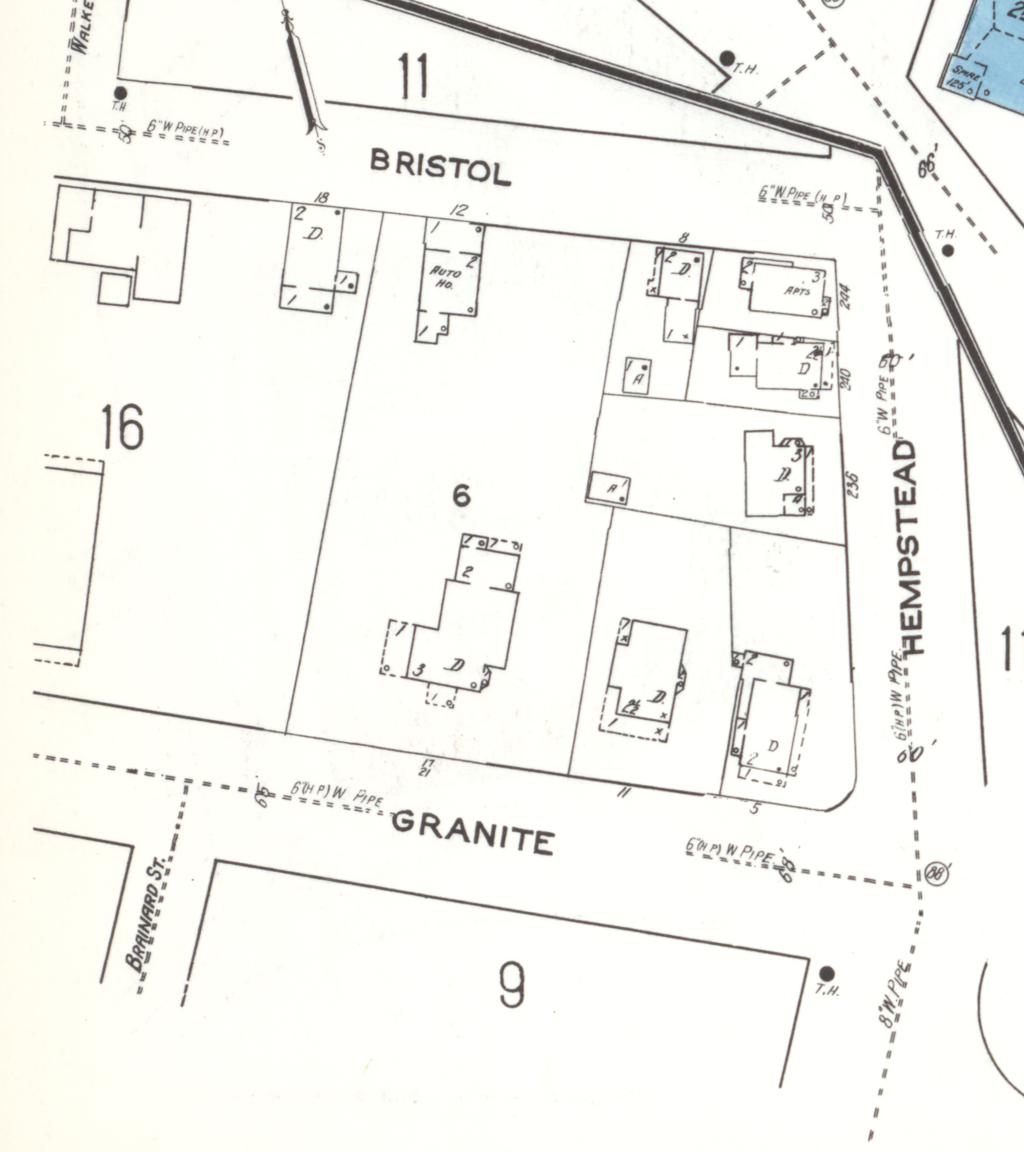
This site is an exploration of Black community life in the city of New London, CT as told through the story of Hempstead Street. Hempstead Street is not merely a thoroughfare that cuts across the heart of New London but the site of some of the oldest continuously African American-owned properties in New England. In the early 1840s, the abolitionist Savillion Haley purchased five plots of land along Hempstead Street. He built cottages on the plots that he then offered for sale to free people of color, who often had trouble acquiring property. Over the course of the proceeding century and a half, the homes, known today as the Hempstead Cottages, would become the home of a vibrant, intergenerational community of abolitionists, activists, businessmen and social workers who formed the core of New London’s 20th century African American community.


The individual features on this site draw on research conducted over the course of two summers by Professor Taylor Desloge and Connecticut College undergraduates Madison Taylor, Sydney Marenburg and Eli Prybyla. They use property records, the manuscript census, photographs, newspaper clippings and many other sources to tell the story of how the core community established at the Hempstead Cottages (66 and 73 Hempstead and their environs) in New London in the 19th century grew and adapted in the 20th century. The period at issue–1900-1950–is one of enormous demographic and economic transformation in New London, New England and America. It encompasses two wars, urbanization, the rise and fall of mass European immigration to America, the beginning of what is now known as the Great Migration of African Americans from the South and the rise of New London and Groton as defense production towns. Here you will find not only a complete database and analysis of the many residents who lived on Hempstead Street over the course of this half century between 1900 and 1950 but a layered history of the significant events that shaped the world in which they lived. The interactive essays linked above offer studies of topics as varied as New London’s ties to the institution of slavery (a crucial precursor to understanding the roots of New London’s African American community), New London’s largely unknown 1919 Race “Riot,” the lives of working class women in early-20th century New London, the growth of Black mutual aid practices in the years leading up to the Civil Rights Movement and the lives of the domestic servants who lived and toiled in the homes of the wealthy New England families who dominated Hempstead Street’s tonier North Side.
The core of New London’s African American community persisted throughout the period and is visualized in the timeline map at the top of the page that captures the transformation and persistence of the community established at the Hempstead cottages over five decades. To find out more about who the people inside those small blue dots were–and who their neighbors were–stick around and explore our site!
The core dataset of this project is an inventory of all residents who lived on Hempstead between 1900-1950. It can be accessed here: https://arcg.is/15Tbb1
